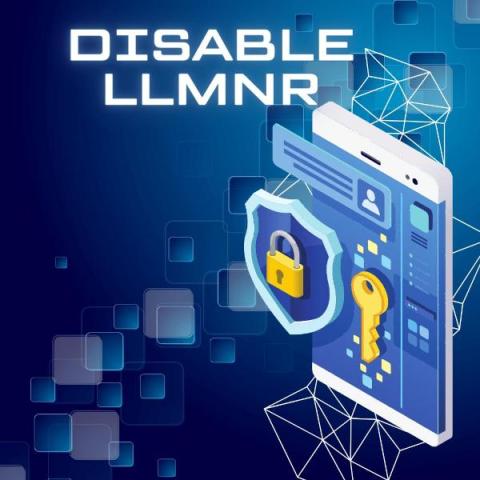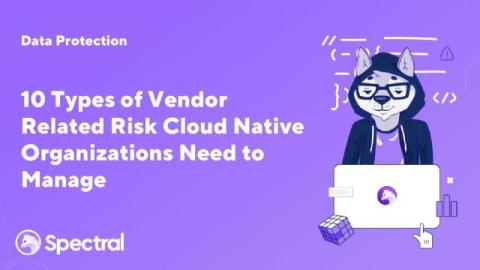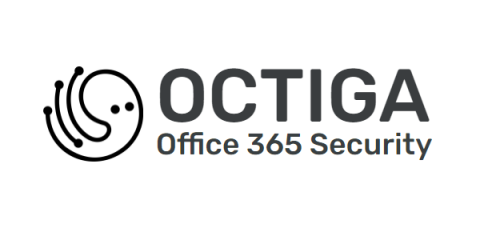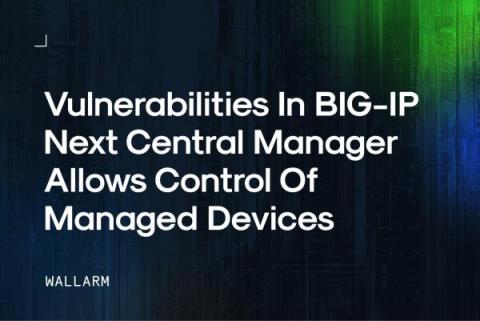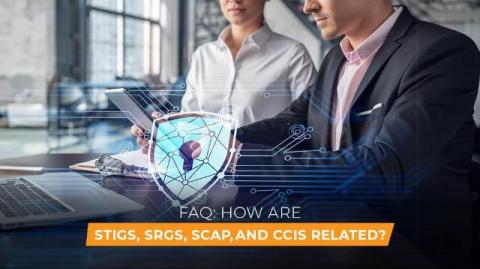Disable LLMNR Protocol for Network Security
LLMNR (Link-Local Multicast Name Resolution) is a protocol used by legacy operating systems for name resolution without a DNS server, compatible with both IPv4 and IPv6. It is included in Windows Vista, Windows Server 2008, Windows 7, 8, and 10, and some Linux distributions. Introduced by Microsoft to enhance network resource resolution, LLMNR allows devices to multicast name queries on a local network if the DNS server fails to resolve a name.


